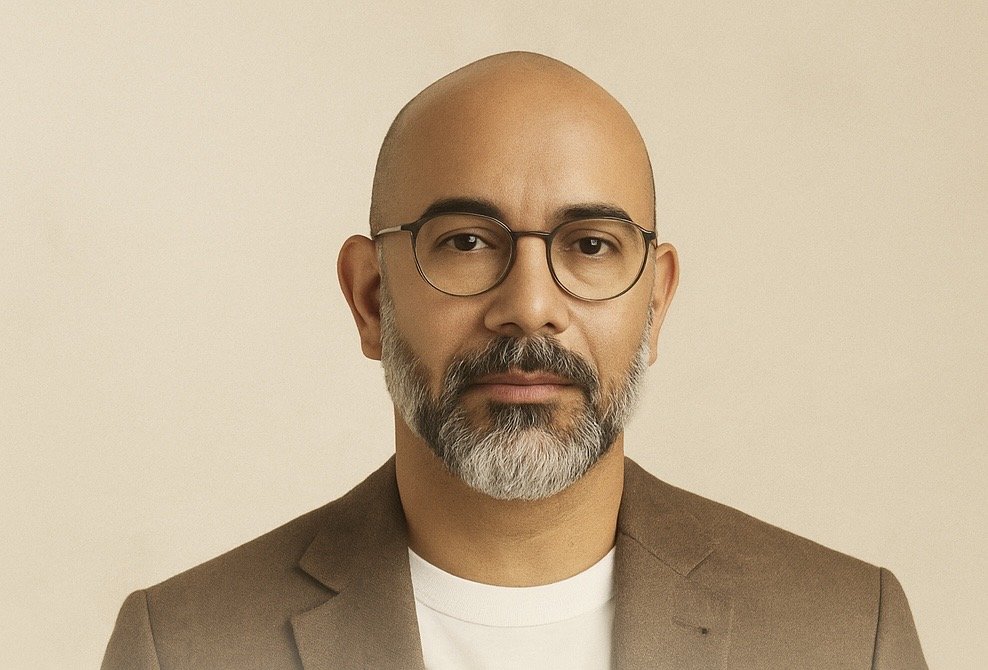Your Comfort Zone Is a Cage Disguised as a Couch
- Dr. Wil Rodriguez

- Jun 24
- 3 min read
You are not stuck. You are just too comfortable to move.
By Dr. Wil Rodríguez

We all want comfort. We crave it like warmth in winter. But comfort, left unchecked, becomes confinement. The couch you collapse on every day after work—the one you call “my peace”—may also be the same place where your dreams go to die. Not because you lack talent or vision, but because comfort became your excuse not to evolve.
Let’s be clear:
Your comfort zone isn’t peace. It’s quiet suffocation.
The Illusion of Emotional Safety
The comfort zone isn’t inherently evil. It’s where we feel safe. It’s the place where we avoid criticism, failure, and the unknown. But according to neuroscientific research, the brain prioritizes familiarity over happiness. We repeat routines, even unhealthy ones, because they require less cognitive energy.
When the brain perceives discomfort, the amygdala fires off warning signals, treating risk like danger. So we stay on the couch—emotionally, mentally, spiritually.
We confuse safety with stillness. We confuse peace with paralysis.
The Couch Is Not Just Furniture. It’s a Metaphor.
That couch you love so much? It’s a metaphor for emotional stagnation.
It’s where you tell yourself:
“I’ll start tomorrow.”
“I’m too tired today.”
“I’m not ready yet.”
It’s where procrastination gets decorated with throw pillows and scented candles.
And while you sit, your goals gather dust. Your relationships dull. Your spirit atrophies. You become a prisoner in your own comfort.
The irony?
The couch looks like freedom—because you chose it.
But it feels like captivity—because now you can’t leave it.
The High Cost of Comfort
Remaining in your comfort zone has a price:
Procrastination: You delay meaningful action until “the right moment” that never comes.
Identity erosion: You forget who you are beyond your habits.
Low-level anxiety: You sense something is off, but can’t name it.
Emotional numbness: You stop dreaming, risking, connecting deeply.
Stagnation guilt: You feel bad for doing nothing, but still do nothing.
Staying safe isn’t free. It costs you aliveness.
Why We Stay: The Neuroscience of Familiarity
Studies show that the brain creates neural pathways based on repetition. Even toxic routines get wired as “safe” because they are familiar. Changing behavior requires disrupting those pathways—something your brain resists. That’s why doing something new (even something exciting) can feel terrifying. Your brain isn’t punishing you. It’s trying to protect you.
But comfort isn’t the goal of life—growth is.
So How Do You Break Free?
Start with discomfort on purpose.
Here are 5 ways to step out of the comfort cage:
Do the opposite of what fear tells you.
Set micro-goals that stretch you slightly every day.
Track discomfort instead of success. Ask: “Did I challenge myself today?”
Let go of perfect and celebrate “done.”
Move your body when your mind resists. Physical motion creates emotional momentum.
You don’t need to change your life overnight. You just need to stand up from the couch.
Self-Evaluation: Is Your Couch a Cage?
Ask yourself:
What have I postponed because “now’s not the time”?
When was the last time I did something that truly scared me?
What does my couch represent: rest or escape?
Do I feel more alive or more numb after a week of comfort?
What would happen if I moved before I felt ready?
Write down your answers. You may uncover the door to your cage.
“Your dreams will not die in a war—they’ll die on a couch disguised as peace.”
You Were Not Made for the Couch
You were made for purpose, for passion, for motion.
Yes, rest. Yes, pause.
But do not confuse stillness with safety.
Comfort is a luxury, not a destination.
When you confuse the couch for your calling, you end up surviving instead of living.
It’s time to move—not because it’s easy, but because you were born to rise.
Call to Action
If this message stirred something in you:
🔹 Share this with someone who needs a push.
🔹 Comment below: What’s one comfort you’re ready to challenge?
🔹 Read the companion post: “The Broken Compass and the Wrong Direction”
📍 Explore more at TOCSIN Magazine — where transformation becomes language and coaching becomes lifestyle.
Keywords (for SEO purposes only)
comfort zone, emotional safety, procrastination, neuroscience and change, couch metaphor, personal growth, stepping outside the box, fear of change, overcoming stagnation, emotional paralysis
Hashtags








Comments